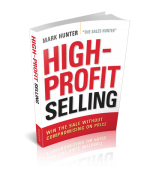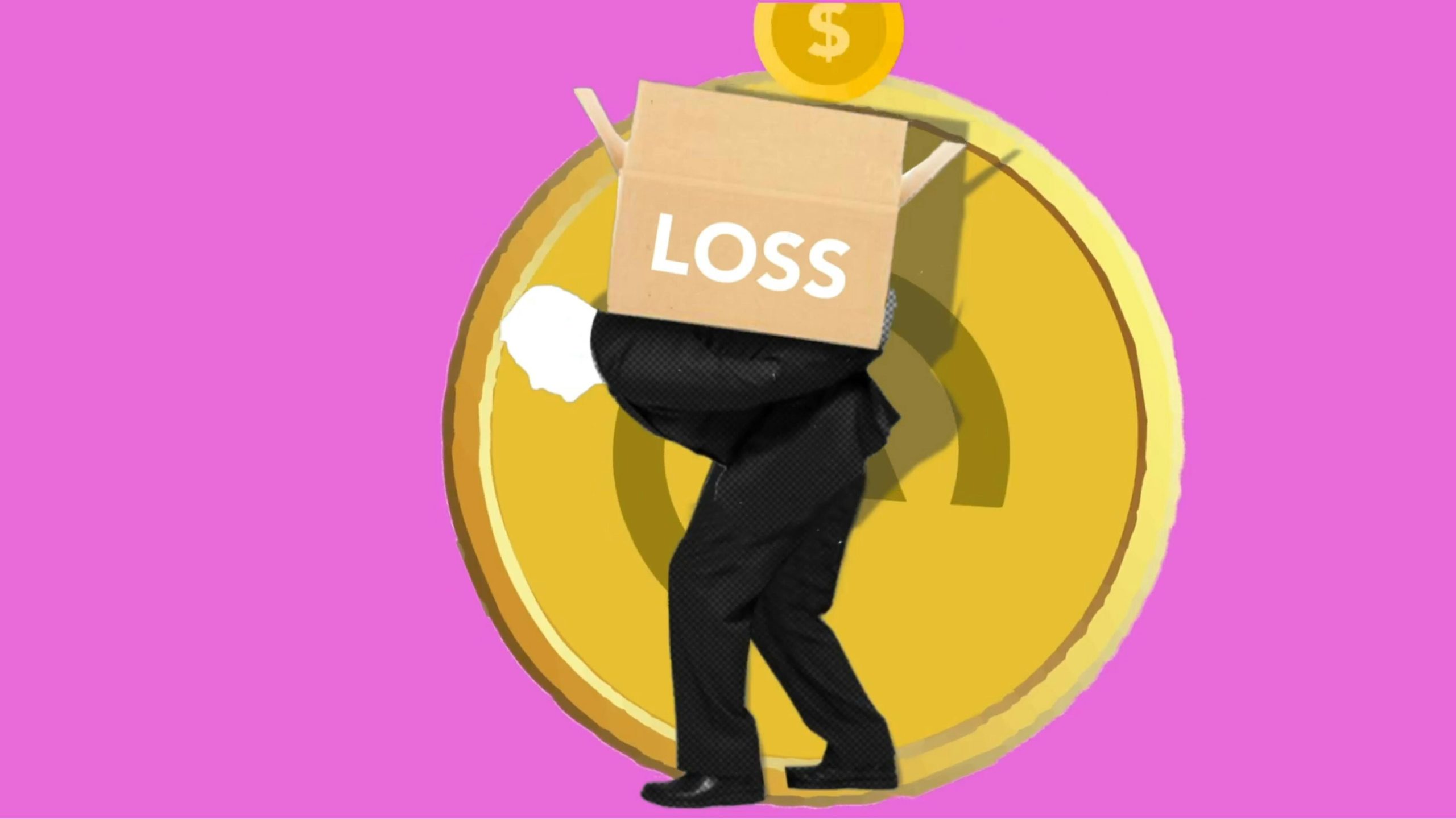 You know the price you need to get, but you’re afraid the prospective buyer is going to reject it as being too high.
You know the price you need to get, but you’re afraid the prospective buyer is going to reject it as being too high.
You’re concerned about how to present the price, and the more you think about it, the more nervous you become.
Here are the specific steps you can take to present your price AND get it.
No matter how much the customer presses you for what your price is, do not reveal it until you have determined the following:
- 3 key reasons as to why they need what you’re offering (Benefits/Outcomes)
- They are motivated and have a reason to buy.
- They are the decision maker.
- They have shared with you how they have made decisions like this in the past.
After you have determined these variables, you can then present your price. Always present your price in person unless geographical limitations prevent you from doing so.
Have 2 prices ready to present.
First price you will offer is high — very high — but in the price you are including a number of other things the customer may or may not want. The objective of this price offer is to create “pricing contrast” with what you feel is the right price.
Don’t be alarmed if when you present the high price, they become shocked at the amount. That is exactly what you’re looking for. On the other hand, don’t be shocked if they take it. Surprisingly, this happens more often than people think.
The second price you work up is the real price you want, which is going to be lower than the first offer. This is the one you want without any negotiating! Remember, you’re selling, not negotiating.
If you go into the sales presentation expecting to negotiate, you will always come out with a lower amount than you expected.
You also can develop a third offer. This one is lower yet and very stripped down. Idea is this is your back-up plan, but remember it must be stripped down and not offer much at all.
I am not a huge advocate of developing a third offer unless you personally are very strong and resolute in who you are dealing with. Too many times, a weak person will offer the third package, only to have the much stronger buyer push to get everything in the middle offer put into the third price package.
Obviously, the result is a disaster. This is why I say this should only be used by a select few people.
When presenting your offer, remember your body language, voice, eye contact and use of silence are going to go much farther than you realize in whether the other person accepts your offer.
Before you present your price, share with the buyer the critical needs you believe they have and why what you are offering works for them. Follow this by asking them one very important question about the most important problem they will solve if they buy from you.
Immediately after they answer the question, present to them in a confident manner the first offer. This is the high-price package.
After you give it to them, be silent and allow them to respond. If they object, state again with confidence you have one other offer you feel is the best one and then give them the second offer.
Again, be silent! Do not speak! Allow them to speak first.
The confidence you give at this point is absolutely critical. Let the customer speak first and they will.
If they object to your price, state again with confidence something to this manner: “Would you like to make this effective today or tomorrow?” Essentially what you’re doing is ignoring their comment and going for the close. Does it work? Yes, many times it will work perfectly.
If the customer says “yes,” you have the sale. If the customer continues to reject your price, do not give any indication you will negotiate. This is exactly what sharp buyers are looking for. If they don’t buy, merely say thank you and leave.
Do not panic if you leave. You will be amazed at how many times the customer will reach back out to you and agree to the offer.
The worst mistake you can do is to agree to negotiate on the spot. Remember, any reduction in your price reduces your profit dollar for dollar. Don’t ever think they are the only buyer. Doing so will put you into their world at your expense.
Copyright 2014, Mark Hunter “The Sales Hunter.” Sales Motivation Blog. Mark Hunter is the author of High-Profit Selling: Win the Sale Without Compromising on Price.













